I wish I could tell you that there is one super-profiler, and it will profile any laser with 100% accuracy!
Of course that’s a pipe dream. There are tons of different laser types, so it stands to reason that we’ll need several different profilers to cover the range of lasers. There are cameras and scanning slit profilers, both with many options for detector types.
Here are the questions you’ll need to ask yourself to find the right laser beam profiler for your laser and application.
Wavelength
The wavelength of your laser determines the kind of detector your beam profiler should have:
- Si – Visible, NIR
- Ge, InGaAs – NIR
- Pyroelectric – UV, IR, THz
Those price-conscious among us should note that the Si and Ge sensors are less expensive than the InGaAs and pyroelectric varieties.
Beam Size
For large beams, you must find a profiler with a large enough aperture.
For small beams, there are other concerns: If you’re using a camera, your beam should be at least 10 pixels wide for best accuracy. If you’re using a scanning slit, the beam should be at least four times the slit width, giving a minimum of about 8 μm.
For both large and small laser beams, keep in mind that you can use expanding or reducing optics to allow use of previously incompatible profilers.
Power
This might seem straightforward, but I think this is most convoluted one of all.
Each beam profiler has a saturation level and also a damage threshold. Exceeding the damage threshold can cause damage (duh), while saturating the profiler will reduce your measurement accuracy.
Cameras have a very low saturation level, meaning that all but the lowest power lasers will need some form of attenuation. Furthermore, the attenuation itself has a damage threshold, so you may need some combination of ND filters, beam splitters, and other optics to profile your beam correctly.
I highly recommend discussing this with an Ophir-Spiricon expert, since it gets pretty complicated. If you do want to go down the rabbit hole, you can start with my series on beam profiler attenuation.
Finally, this is one field where scanning slits shine. They can often measure up to kilowatts of power without any attenuation, due to the fact that the spinning slit only lets the beam hit the detector a small percentage of the time, effectively lowering the beam’s average power by that factor.
For very high lasers, though, scanning slits will also need some form of attenuation.
Pulsed or CW
Cameras work with both CW and pulsed lasers. Scanning slits work unless the laser is pulsing at a low rep rate. At higher rep rates, it works fine.
The line between low and high rep rate depends on your beam size and the scan rotation speed. The reason behind this is a bit complicated, but the end result is quite simple: check this table to find how fast your laser must pulse to allow scanning slit use.
So which beam profiler is the perfect one?
I hope I’ve convince you by now that there’s no universal solution to fit everyone’s needs.
Instead, you should collect all the beam profilers!
Kidding, kidding.
Find out which one is best for your applications by considering the questions above and of course, you can always discuss this further with a sales engineer.
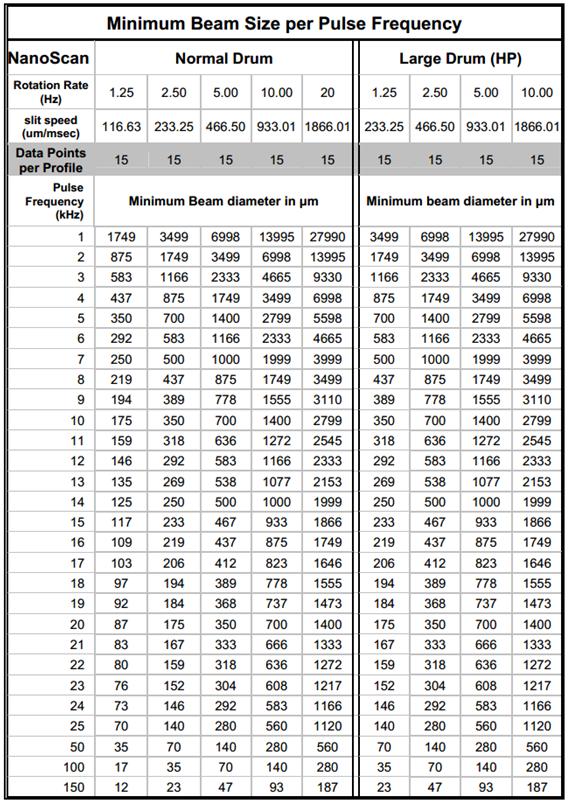
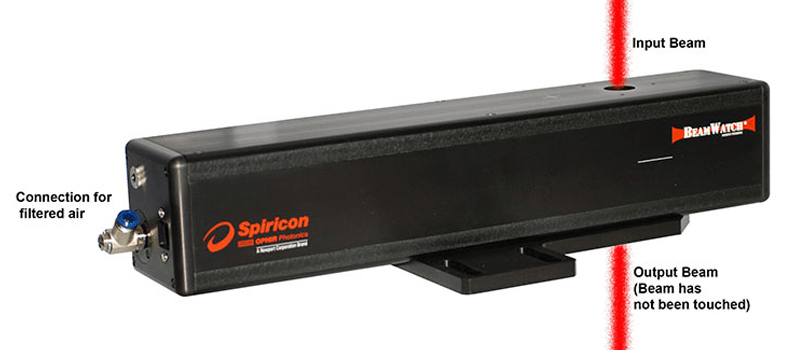
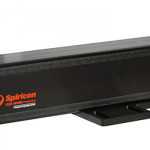
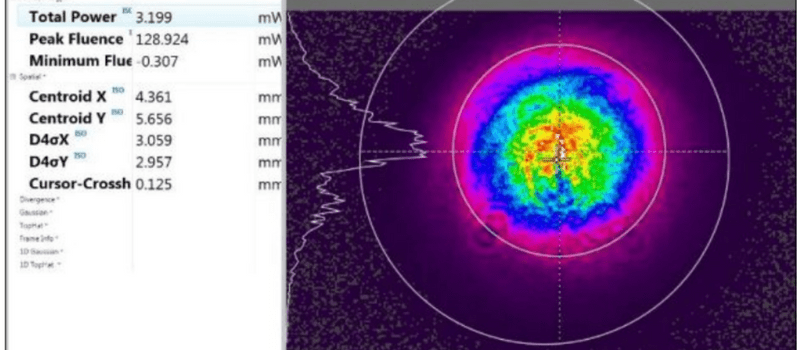
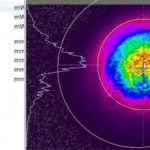




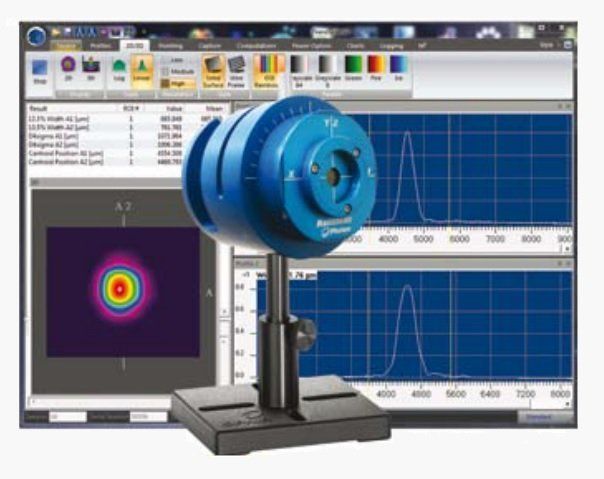
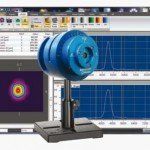
Leave a Reply
Your email address will not be published. Required fields are marked *